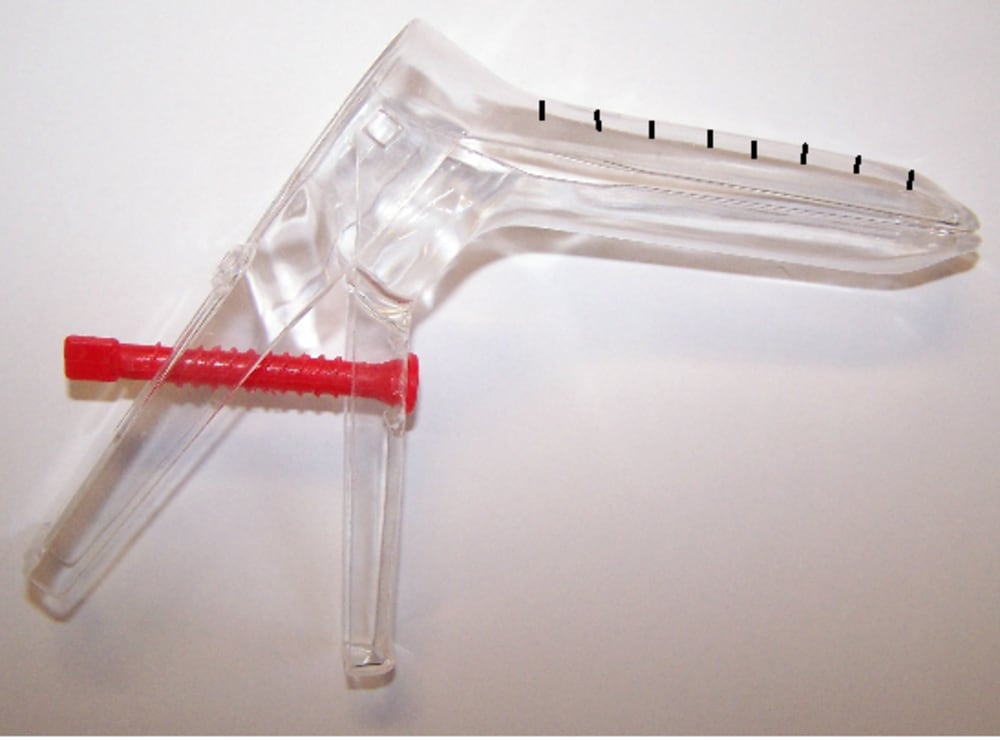Assessment of OB/GYN patients finds dissatisfaction in common procedures, with “gentleness” as an arguable unit of measure.
Problem: The pelvic exam is of particular note when it is not considered organic due to size, speed, and weight differentials. Additionally, many patients may have grown accustomed to mobility limitations that do not pose significant danger.
Innovation: The newly designed speculum features an additional component that takes the pressure out of the hands of the device operator and places the responsibility on the device itself. It features a ladder-type ribbed locking expansion component and marked units of measure on the shaft.
Marketability:
1. The pelvic exam is not typically considered an instrument of emergency and there would unlikely be a need to rapidly decompress. Thus, it’s self-locking mechanism operates as a safety measure by providing relief from rapid and/or pressurized over-expansion.
2. Locking mechanisms have commonly been added to doors, cabinets and even other medical device components, such as medication containers. The mechanism can either be grafted to an existing device or part of the construction of new ones.
3. Patient preference would be marked by fewer complaints and injuries, which could include muscles sprains, contact with bone, and area discomfort.
There is no reason that such procedures require undue levels of distress. A device can assimilate itself and would be only so strong as the driving force behind it. The innovated device restricts the mobility of its operator at perceptible but not cumbersome levels.
Manufacturability:
1. A number of plastics manufacturers exist with competitive pricing.
2. It is a simple modification.
Problems Solved:
1. Expectation that technicians will be able to utilize simple mathematical calculations to determine width and depth of penetration.
2. Plastic devices are not typically considered reusable/recyclable on site, so there should be no need reset the device to its original resting position prior to investigation. Doing so could easily be determined as accidental or tampered based upon the stress marks to ribbed components.
3. Requires operators to move at a digital pace that many patients should find to be more organic and less invasive.
4. Digital pace should allow operators to identify additional points of medical note, such as bone density and elasticity, without modifying natural structure without medical necessity.
5. Mathematical calculations can lead to insights pertaining to pain threshold, causes of area prolapse, and scientific communication between doctor and patient regarding issues over “gentleness”.
*all photos in illustration courtesy of Google Advanced Image Search filtered by free to use, share or modify, even commercially*
Like this entry?
-
About the Entrant
- Name:Amira El
- Type of entry:individual
- Patent status:none

